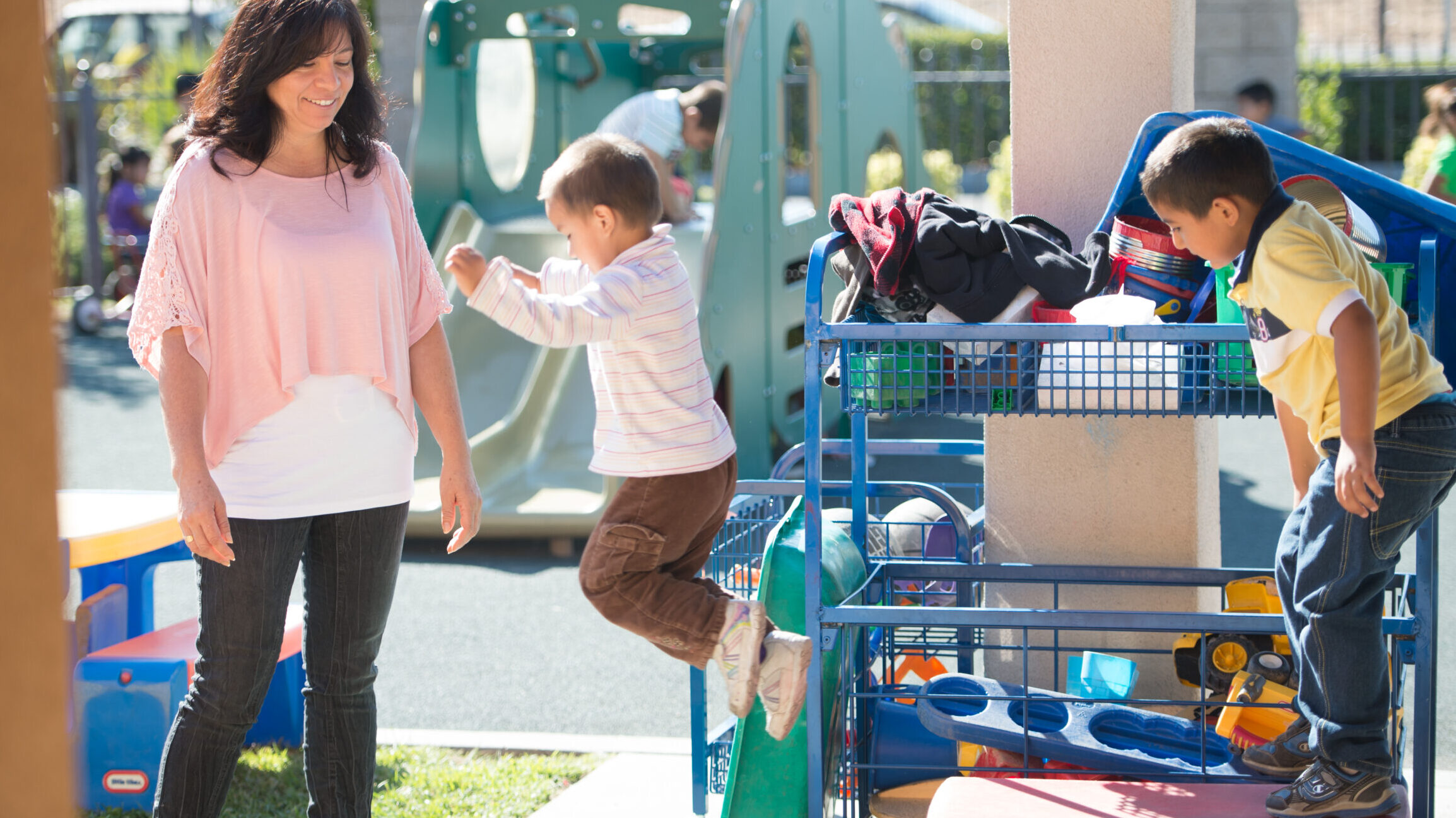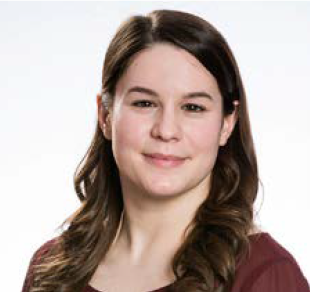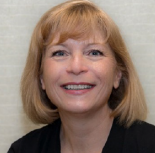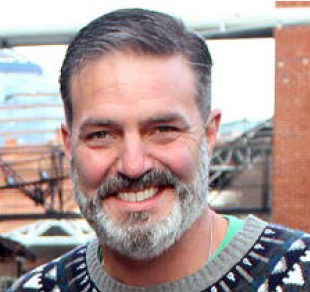
- This event has passed.
Seeding Knowledge: Harnessing Philanthropy to Cultivate Learning in Everyday Spaces

Details
- Channel:
-

- Date:
- May 21, 2024
- Time:
-
12:30 pm - 2:00 pm
- Event Categories:
- Funder-to-Funder Conversation, Parents, Past Event, Readiness, Summer Slide
- Event Tags:
- Everyday Places and SpacesFunder-to-Funder ConversationPhilanthropy
- Resources:
- Webinar Slide DeckPanelist Bios
“Something I’ve learned is that this work falls on a continuum. A literacy-rich environment can be as simple as paint and chalk on a sidewalk or can look like a much more expensive play structure. But I think the amazing thing with this work is that both of those examples can contribute to children’s learning and development. So, I would really encourage all of the funders on this call to partner with their communities to find the approach that works best for them.”
In the May 21, 2024 Funder-to-Funder Conversation, Amanda Charles of the William Penn Foundation (WPF) in Philadelphia shared the above reflection during a panel conversation that explored the various roles funders can play in creating learning-rich environments in the everyday places and spaces that families frequent.
Jane Park of Google Kids & Families moderated the conversation, engaging philanthropic leaders in a discussion about what a “learning happens everywhere” approach might look like in a community, why the funders chose to invest in this approach, the roles they are playing to engage and support local partners in embedding learning opportunities into communities, the impact of these efforts, and what the funders are learning in the process.
Charles described how WPF is piloting efforts to create literacy-rich environments in Philadelphia’s grocery stores, libraries, public transit spaces, health clinics, affordable housing complexes and other everyday spaces, and infusing those spaces with engaging family-friendly games, activities and programming.
Perri Chinalai explained how The Clinton Foundation was motivated to launch Too Small to Fail by the science of early brain and language development and now works to transform the spaces that families frequent — laundromats, playgrounds, transit, etc. — and tap trusted messengers as the “secret sauce” to engage parents and caregivers in talking, reading and singing with their children.
Beth Duda from The Patterson Foundation’s (TPF) Suncoast Campaign for Grade-Level Reading shared highlights from TPF’s third annual Remake Learning Days, which featured more than 300 community events with hands-on learning activities over 15 days this spring, noting how the planning process helped to foster a sense of community and catalyze a collective effort to support children’s early school success.
Eric Guckian of United Way of the Greater Triangle (UWGT) described how its grantee, Book Harvest, helps to advance UWGT’s mission of investing in community-driven solutions that advance racial and economic justice by promoting learning in laundromats, book hubs, its family space and story walk.
Bryan Stokes, II, explained how Robert M. McCormick Foundation supports parents as their child’s first teacher through investments in The Basics Illinois and the Chat to Learn text messaging platform, and in transforming mundane spaces into playful learning spaces.
The funders discussed the various roles they play including grantmaking but also convener, advocate, thought partner, communicator and cheerleader.
“We share many roles here, certainly convener in bringing people together, but I also think of our work as a little bit of matchmaking,” explained Duda. “We help our community members understand that they don’t have to be the entire solution all by themselves but can play a part in the solution. With Remake Learning Days, we think of every day, every event as being a triangle. You need an appropriate space, high-quality content and an audience.” She explained how TPF could connect partners that could deliver pieces of the triangle all over the four-county region, resulting in not only engaging events during Remake Learning Days but also relationships that will continue throughout the year.
Charles and Chinalai shared links to evaluations and studies that demonstrate the impact these efforts are having on children, families and communities. However, the funders stressed that other less tangible results are also important, with Stokes noting, “We may not be able to draw an immediate line — or even in three or four years — between that intervention and a change in test scores, but what I do think we are able to see is the joy and excitement…about something being built in a community that might not have had resources and seeing spaces that have been underutilized now becoming community assets. There is value in that.”
Panel







